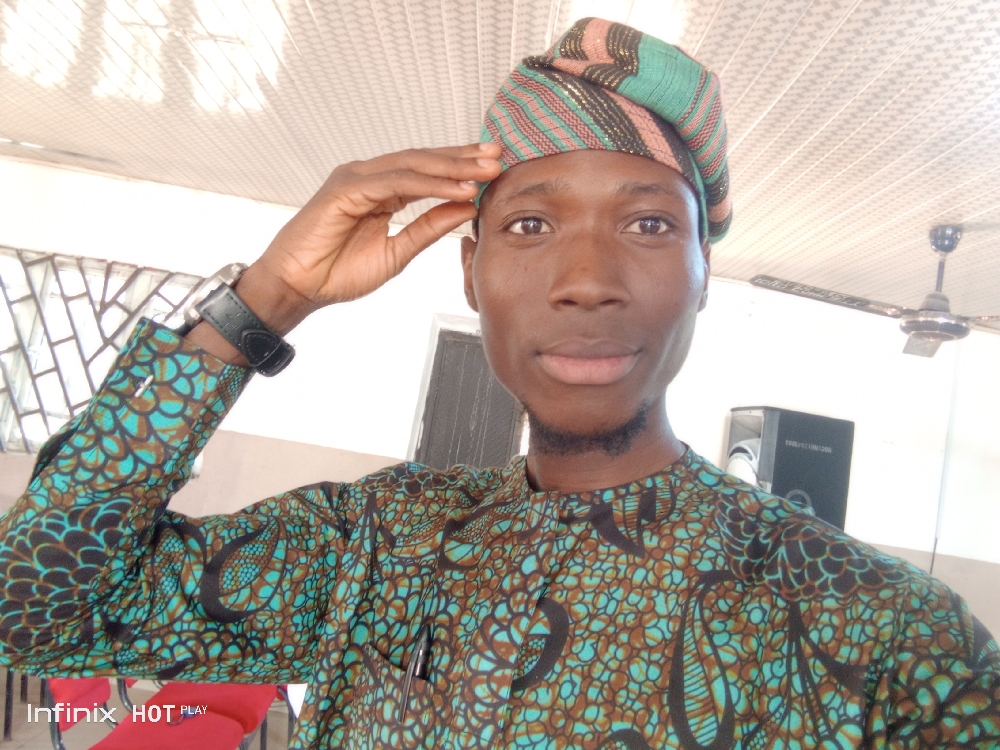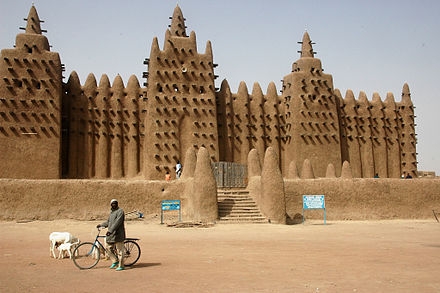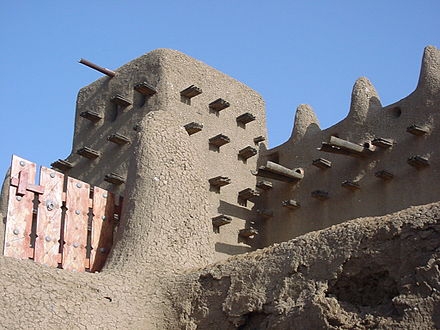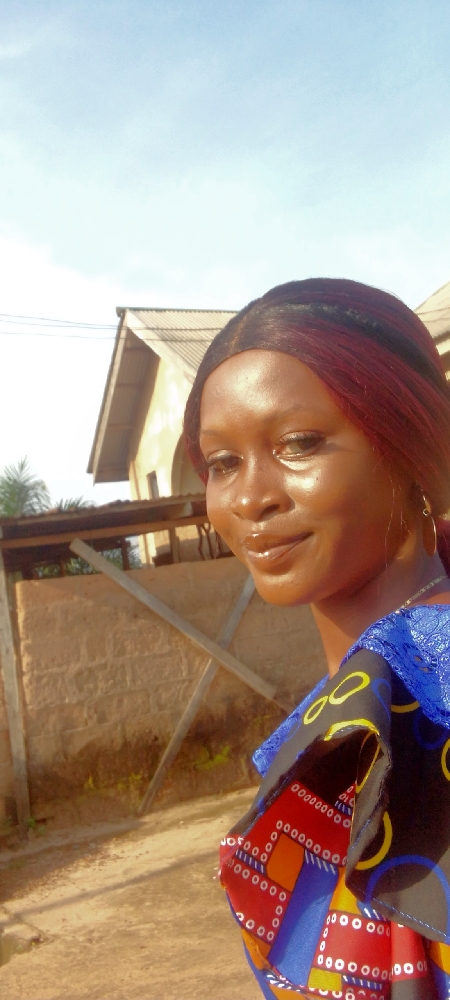


THE GREAT MOSQUE OF DJENNE - DAY 21
Taiwo Emmanuel@emmanueltaiwo863879
8 months ago
#neighbors
THE GREAT MOSQUE OF DJENNE - DAY 21
On the sixteenth day of this tour of Africa, We were at Djenne, the market centre.
However, today, we will return to Djenne to explore the Great Mosque of Djenne.. a religious landmark.
Let me hold you by the hand as I walk you through the beautiful edifice.
The Mosque is a large brick or adobe building in the Sudano-Sahelian architectural style. The mosque is located in the city of Djenne, Mali, on the flood plain of the Bani River. The first mosque on the site was built around the 13th century, but the current structure dates from 1907. As well as being the centre of the community of Djenne, it is one of the most famous landmarks in Africa. Along with the "Old Towns of Djenne", it was designated a World Heritage Site by UNESCO in 1988.
The walls of the Great Mosque are made of sun-baked earth bricks (called ferey), and sand and earth based mortar, and are coated with a plaster which gives the building its smooth, sculpted look. The walls of the building are decorated with bundles of rodier palm sticks, called toron, that project about 60 cm (2.0 ft) from the surface. The toron also serve as readymade scaffolding for the annual repairs. Ceramic half-pipes also extend from the roofline and direct rain water from the roof away from the walls.
The mosque is built on a platform measuring about 75 m × 75 m (246 ft × 246 ft) that is raised by 3 metres (9.8 feet) above the level of the marketplace. The platform prevents damage to the mosque when the Bani River floods. It is accessed by six sets of stairs, each decorated with pinnacles. The main entrance is on the northern side of the building. The outer walls of the Great Mosque are not precisely orthogonal to one another so that the plan of the building has a noticeable trapezoidal outline.
The prayer wall or qibla of the Great Mosque faces east towards Mecca and overlooks the city marketplace. The qibla is dominated by three large, box-like towers or minarets jutting out from the main wall. The central tower is around 16 meters in height.The cone shaped spires or pinnacles at the top of each minaret are topped with ostrich eggs. The eastern wall is about a meter (3 ft) in thickness and is strengthened on the exterior by eighteen pilaster like buttresses, each of which is topped by a pinnacle. The corners are formed by rectangular shaped buttresses decorated with toron and topped by pinnacles.
The prayer hall, measuring about 26 by 50 meters (85 by 164 ft), occupies the eastern half of the mosque behind the qibla wall. The mud-covered, rodier-palm roof is supported by nine interior walls running north–south which are pierced by pointed arches that reach up almost to the roof.This design creates a forest of ninety massive rectangular pillars that span the interior prayer hall and severely reduce the field of view. The small, irregularly-positioned windows on the north and south walls allow little natural light to reach the interior of the hall. The floor is composed of sandy earth.
The entire community of Djenne takes an active role in the mosque's maintenance via a unique annual festival. This includes music and food, but has the primary objective of repairing the damage inflicted on the mosque in the past year (mostly erosion caused by the annual rains and cracks caused by changes in temperature and humidity). In the days leading up to the festival, the plaster is prepared in pits. It requires several days to cure but needs to be periodically stirred, a task usually falling to young boys who play in the mixture, thus stirring up the contents. Men climb onto the mosque's built-in scaffolding and ladders made of palm wood and smear the plaster over the face of the mosque.
Another group of men carries the plaster from the pits to the workmen on the mosque. A race is held at the beginning of the festival to see who will be the first to deliver the plaster to the mosque. Women and girls carry water to the pits before the festival and to the workmen on the mosque during it. Members of Djenne's masons guild direct the work, while elderly members of the community, who have already participated in the festival many times, sit in a place of honor in the market square watching the proceedings.
Dear Readership, is Africa not blessed? Of course, Africa is blessed and till we get to the promised land, I shall be waiting for when you will pass me a glass of water and thank God for the gift of grace for this race.
Cheers to infinity and beyond.
Reference - Wikipedia
Pictures source - Wikipedia
#DiscoverAfrica
#ExploreAfrica
#NextTourismSpotChallenge
#VisitAfrica
📍Djenné, Mali

